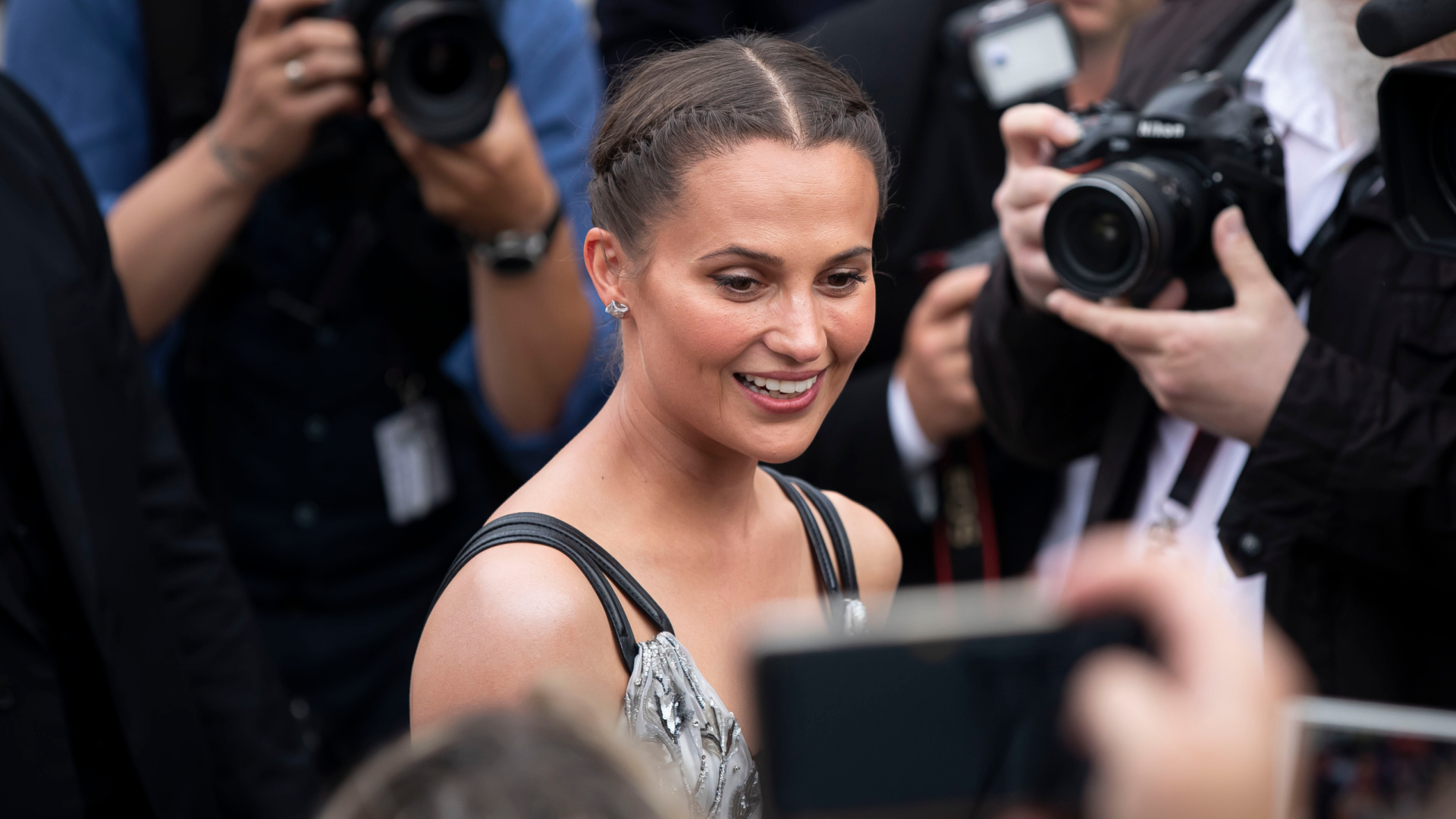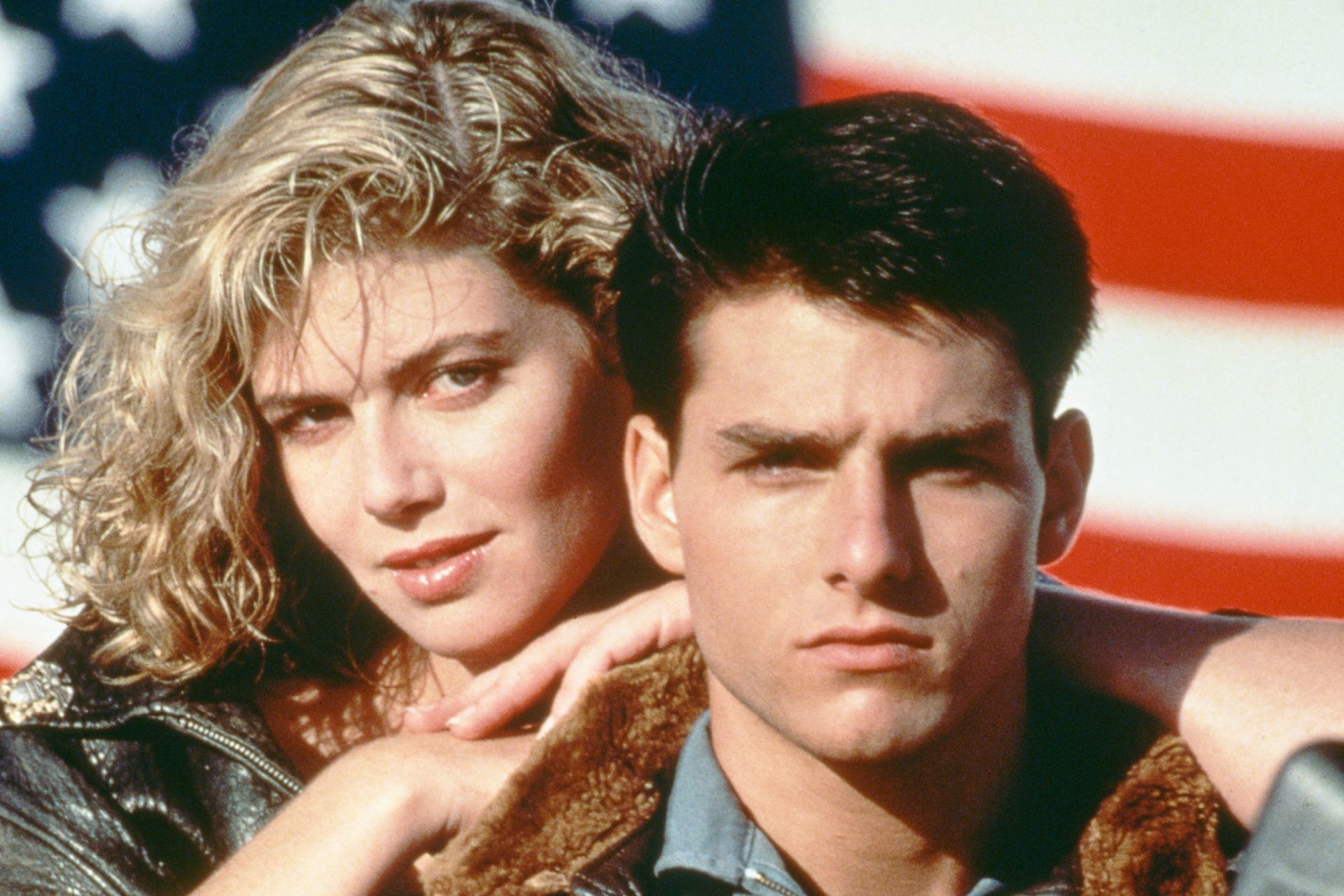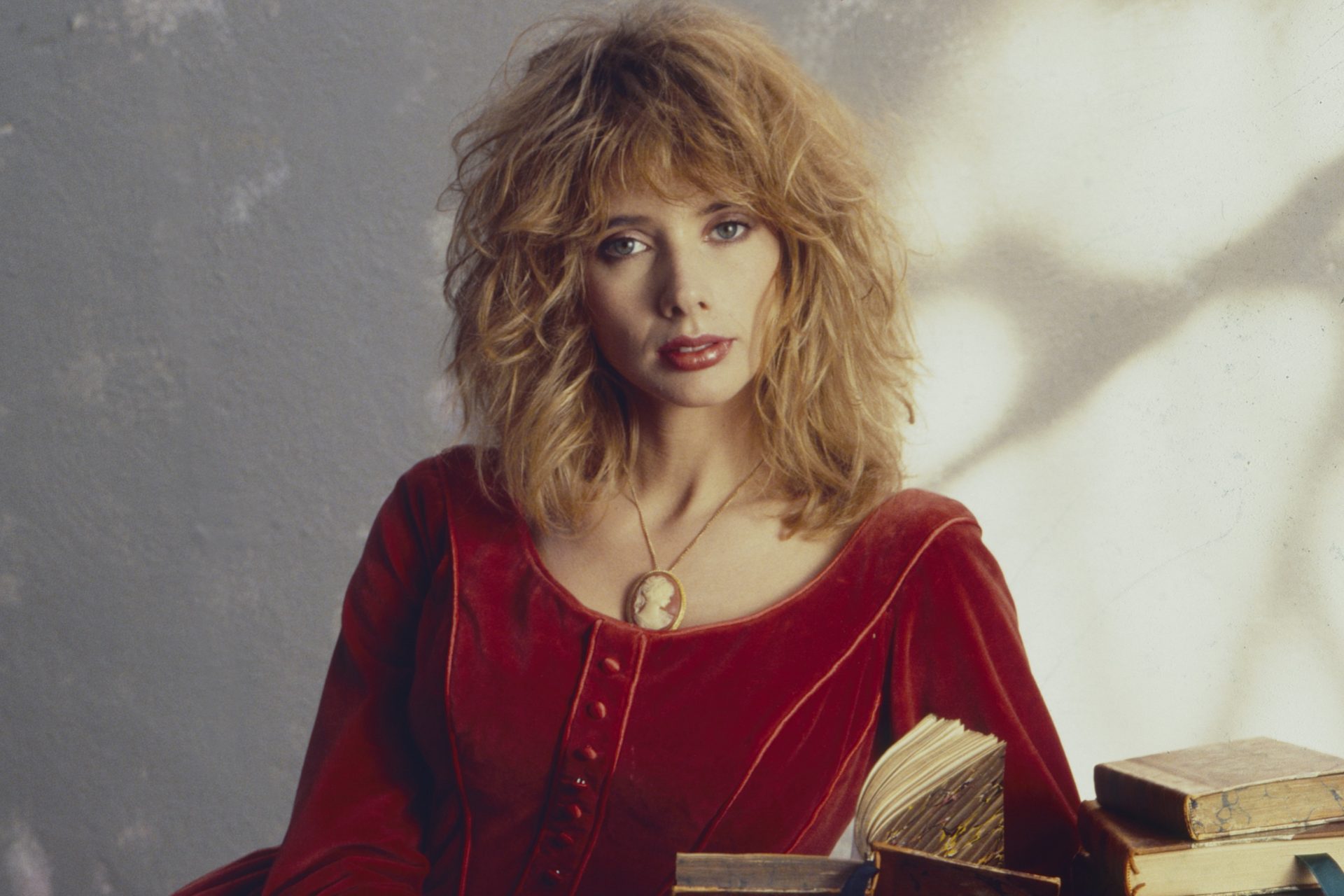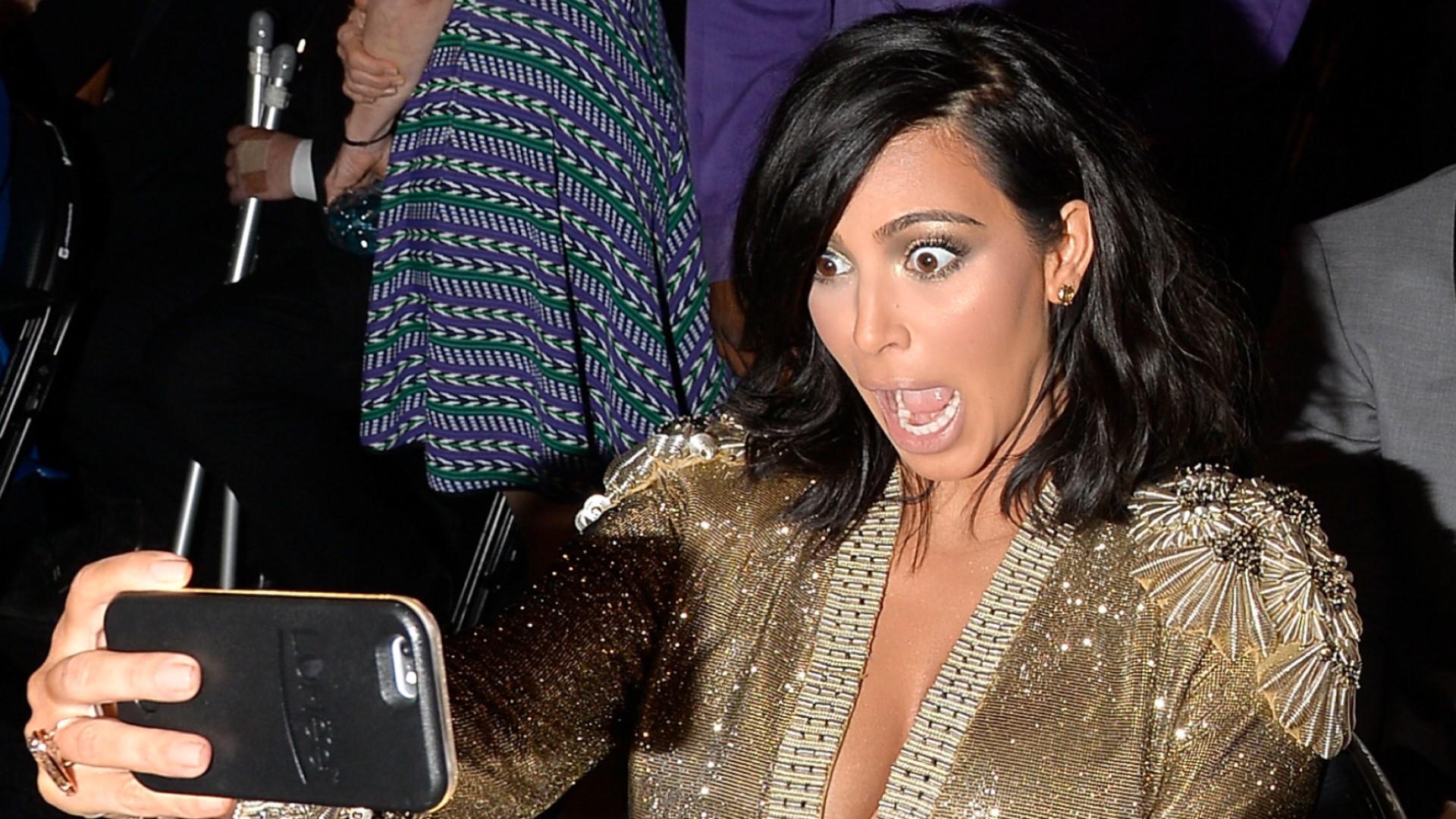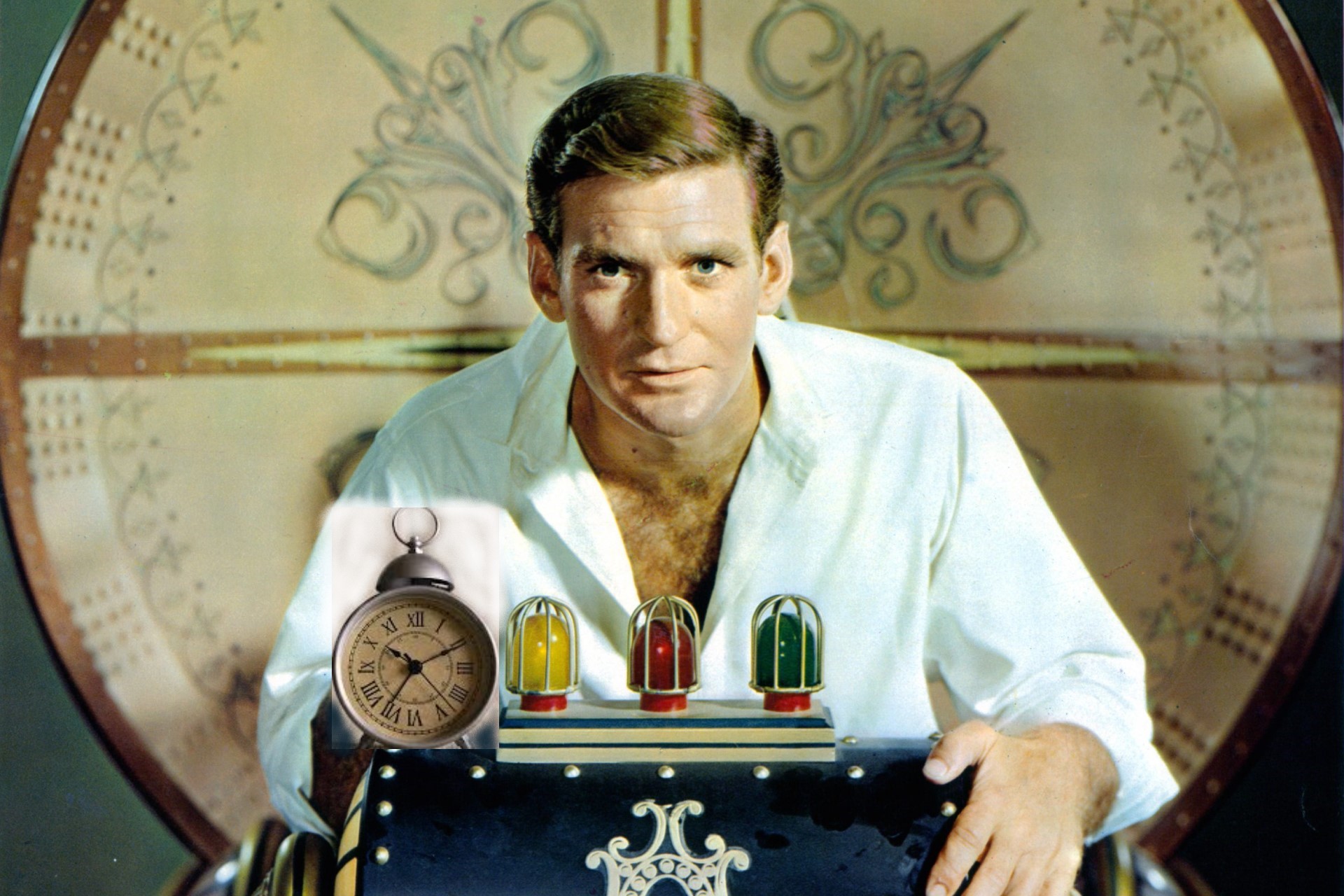How she remained healthy for so long: Queen Elizabeth's strict and wholesome diet
If the walls of Buckingham Palace could talk, they would tell us many secrets. About Her Late Majesty's strict diet, for example.
Darren McGrady, a chef at Buckingham Palace for 15 years, once told The Telegraph that the English Royal Family imposed far-reaching dietary rules. He also revealed which foods Queen Elizabeth herself had banned.
The following foods could not be served in Buckingham Palace or at any point during Her Late Majesty's official trips. They form a guideline for whoever wants to make it to the respectable age of 96, as she did.
Garlic, onions, and peppers were not accepted. Not only because they can feel quite heavy on the stomach, but also because of the bad breath they might cause to her majesty.
Image: Sanjay Dosajh / Unsplash
Queen Elizabeth II did not want starch on her nightly diet, so pasta was completely forbidden. The alternative foods were salads, grilled fish, or chicken with a side of veggies.
Image: Karolina Kołodziejczak / Unsplash
Speaking of eliminating starch and carbohydrates from the menu: potatoes were obviously something that the Queen did not eat.
Image: Gilberto Olimpio / Unsplash
If you were going to serve some meat to the Queen, McGrady said, you'd make sure it was well-cooked. Not medium-rare or rare at all.
Image: Emerson Vieira / Unsplash
According to Queen Elizabeth II, brown-shell eggs tasted better than white ones. She ate eggs for breakfast every day - with salmon and truffle - so we can definitely call her an expert on this topic.
Image: Tengyart / Unsplash
Her majesty's favorite sandwich was tuna with mayo, some cucumber slices, butter, and a dash of pepper…
However, leaving the bread crusts on the sandwich was totally forbidden. Owen Hodgson, the former chef of the Palace, explained that one time, "a chef told me off for serving the sandwiches with crusts."
Image: Charles Chen / Unsplash
Teatime was always a must in Queen Elizabeth's day. But only if the tea was served with a bit of milk and no sugar.
The Queen only consumed the fruits that she knew to be in season at that moment. In fact, according to Darren McGrady: "Try including strawberries on the menu in January and she'll scrub out the line and say: don't you dare send me genetically modified strawberries."
Image: Anton Darius / Unsplash
To avoid any possible food poisoning from eating shellfish, Queen Elizabeth banned them from the kitchens of Buckingham Palace. One of the former butlers of the Queen explained that it was a very "sensible" choice, especially "if you are away from home."
Image: Marika Sartori / Unsplash
Apparently, it was Charles who banned foie gras from the menu in 2008. Produced with duck or goose liver, the dish concerned the monarch with regard to animal welfare. He made sure it was never served again. Besides, foie gras is a product that can also cause food poisoning.
Image: Xibei Jia / Unsplash
Of course, the English sovereign cannot eat a banana with her hands. Instead, Queen Elizabeth used a fork and a knife to cut both edges of the banana and then peel it. The banana itself was not banned, but you would never see the queen eating the entire thing.
Image: Dainis Graveris / Unsplash
Being poisoned is one of the biggest concerns in the Royal Family and that implies a complete avoidance of drinking tap water. Moreover, the royals don't drink mineral water from brands they don't know about, or waters whose quality can't be certified.
Image: Andres Siimon / Unsplash
Despite all the care and specifications on her menu, Queen Elizabeth II also enjoyed some 'cheat' meals. Dark chocolate was something she could never resist. And in fact, this type of chocolate isn't that bad: it contains minerals like iron, zinc, and magnesium, as well as antioxidants.
If you think these rules were excessive, then remember that the Queen had very good health until she was way past 90. So maybe her diet wasn't so bad after all.






















